I finished the first draft of "On the Street Where You Die," a novel that has a PI going all over town. The plot, dialogue, and characters are in place. The next job is to fill in those places where brief narrative descriptions of the scenery will be.
There are many locations where the PI spends time: his office, the police station, the courthouse, various houses, the security office at a high-fashion department store, and so on.
It's a ficticious town, with elements taken from many places I've been. But I realized that inconsistencies could creep into the narrative about his travels. Such as the direction and distance between points, proximity of one location to another with respect to which side of the tracks, the routes between locations--Interstate, over the river and through the woods, across the tracks, and so on.
My other fictional works are set in real places. Nothing to create. But this is a town of my own imagination. Towns typically have downtown, industrial areas, upscale houses, shopping districts, middle class houses, and the projects. Urbs and burbs.
So I drew a map:
The map shows four quadrants of a town separated by an Interstate and railroad tracks with a river running diagonally through. Little boxes for the locations helped me get all the scenes consistent with one another.
Doing this gave me two advantages: First, it is a baseline on which to describe the things mentioned above. Second, it gives me a mental image of where things are and helps me make it more believable.
I need to establish a general location, too, to make the foliage, buildings, weather, and clothing fit the time of year, and such. That's next.
I hope this exercise doesn't lead to floor plans.
There are many locations where the PI spends time: his office, the police station, the courthouse, various houses, the security office at a high-fashion department store, and so on.
It's a ficticious town, with elements taken from many places I've been. But I realized that inconsistencies could creep into the narrative about his travels. Such as the direction and distance between points, proximity of one location to another with respect to which side of the tracks, the routes between locations--Interstate, over the river and through the woods, across the tracks, and so on.
My other fictional works are set in real places. Nothing to create. But this is a town of my own imagination. Towns typically have downtown, industrial areas, upscale houses, shopping districts, middle class houses, and the projects. Urbs and burbs.
So I drew a map:
The map shows four quadrants of a town separated by an Interstate and railroad tracks with a river running diagonally through. Little boxes for the locations helped me get all the scenes consistent with one another.
Doing this gave me two advantages: First, it is a baseline on which to describe the things mentioned above. Second, it gives me a mental image of where things are and helps me make it more believable.
I need to establish a general location, too, to make the foliage, buildings, weather, and clothing fit the time of year, and such. That's next.
I hope this exercise doesn't lead to floor plans.


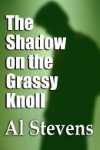
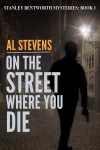
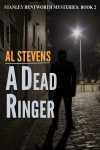
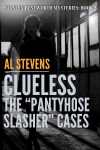
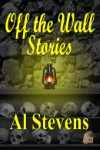

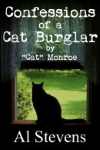


1 Comments:
The map must be a good idea, two of my favorite writers used them frequently. Robert B. Parker uses one in several of his Spencer books. There is one in the beginning of his latest book. The other is Ed McBain, who also created a fictional city for his 87th precinct novels. Unfortunately both of these gentlemen passed away recently, but I have probably read most everything they both wrote.
Post a Comment
Subscribe to Post Comments [Atom]
<< Home